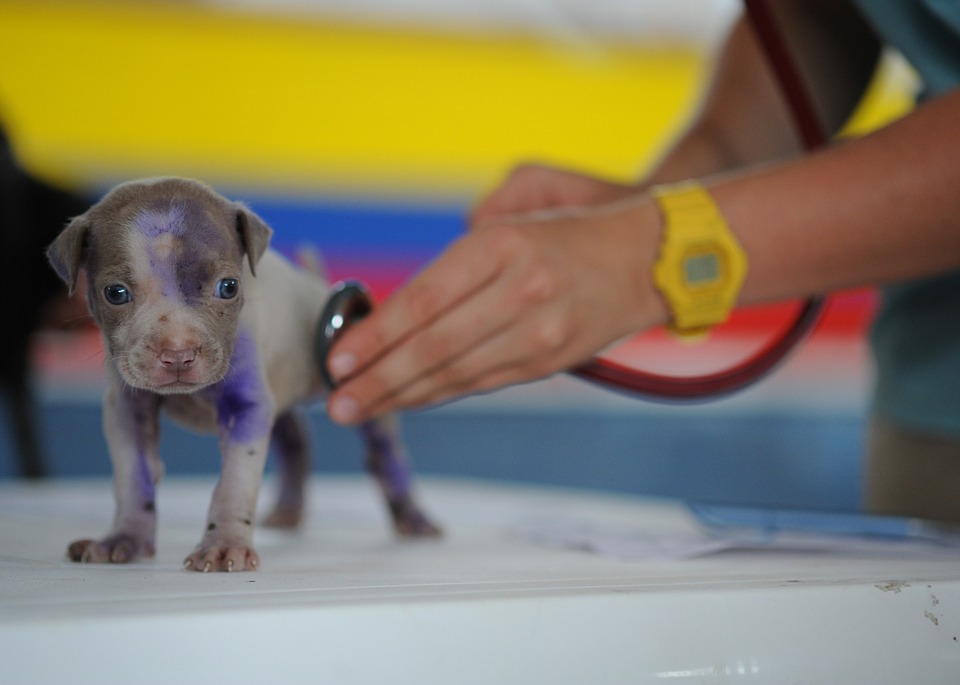
There are several ways to keep your hamster healthy and happy:
- Provide a balanced diet: A hamster’s diet should consist of a commercial hamster mix, fresh fruits and vegetables, and occasional treats such as seeds and nuts. Avoid feeding your hamster sugary foods or foods that are high in fat.
- Keep the cage clean: Hamsters are prone to respiratory infections and other illnesses if their cage is not kept clean. Clean the cage at least once a week and spot clean as needed. Use a disinfectant to clean the cage and replace bedding, food and water dishes, and toys regularly.
- Give your hamster plenty of space: Hamsters are active creatures and need plenty of room to run and play. A cage that is too small can lead to boredom and stress, which can lead to health issues. Make sure the cage is large enough for your hamster to move around freely and has plenty of toys and activities to keep it entertained.
- Handle your hamster gently: Hamsters can be skittish and may bite if they feel threatened. When handling your hamster, use a gentle touch and make sure to support its body properly.
- Keep your hamster’s teeth trimmed: Hamsters’ teeth grow continuously, so it is important to provide plenty of chew toys to keep their teeth trimmed. You can also offer hard vegetables such as carrots to help wear down their teeth.
- Provide a healthy living environment: Hamsters are sensitive to temperature changes and drafts. Keep their cage in a room that is cool, dry, and well-ventilated. Avoid placing the cage in direct sunlight or near heat sources.
- Keep your hamster away from household toxins: Many household products such as cleaning agents and air fresheners can be toxic to hamsters. Make sure to keep these products out of reach of your pet.
By following these tips, you can help ensure that your hamster stays healthy and happy for many years to come.










 Hip Dysplasia is a condition that occurs during the growth stage in dogs. It is the result of a loose joint, which causes dysfunction and pain in the hip area of dogs.
Hip Dysplasia is a condition that occurs during the growth stage in dogs. It is the result of a loose joint, which causes dysfunction and pain in the hip area of dogs. 












